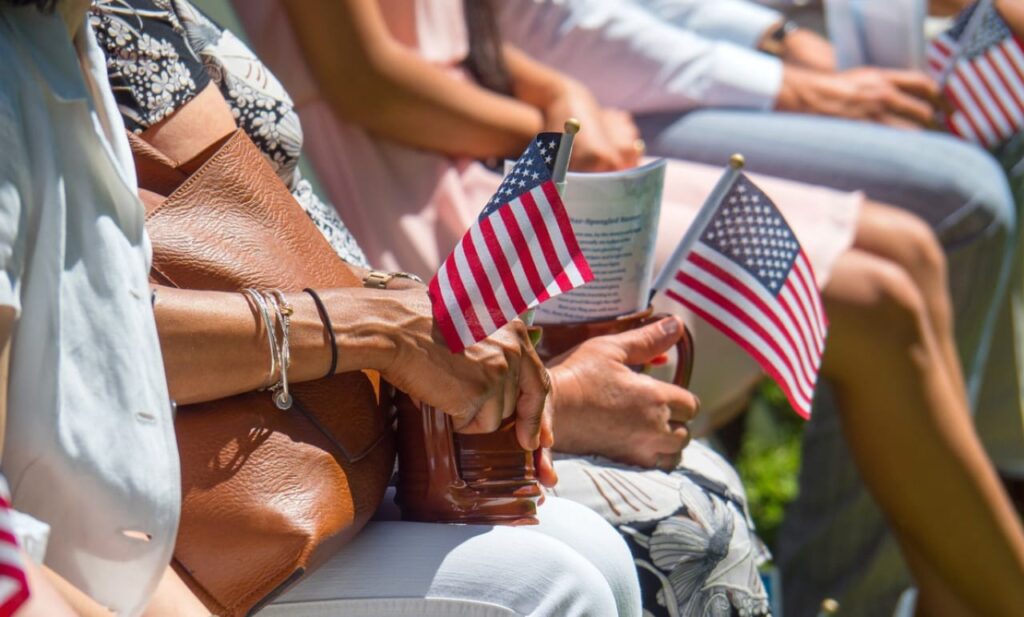
Bird flu, scientifically known as avian influenza, has lurked at the edges of public awareness for decades. But while headlines about outbreaks in poultry farms or wild birds occasionally make the news, most Americans remain unaware of the real danger it poses. The H5N1 strain, in particular, has caused growing concern among scientists. Unlike seasonal flu, which spreads easily among humans but is rarely deadly, H5N1 has a staggering mortality rate of over 50% in confirmed human cases. Yet, despite its potential to evolve into a pandemic, public complacency and misinformation are creating risky gaps in preparedness.
One reason for this disconnect is “pandemic fatigue.” After COVID-19, many people are exhausted by talk of masks, lockdowns, and vaccines. A 2023 survey by the Kaiser Family Foundation found that only 35% of Americans view bird flu as a major public health threat. This underestimation is dangerous. Dr. Anthony Fauci, former director of the National Institute of Allergy and Infectious Diseases, warns that dismissing H5N1 as “just a bird problem” ignores its ability to mutate. “Influenza viruses are shape-shifters,” he says. “It only takes a few genetic changes for H5N1 to gain the ability to spread between humans.”
The stakes are already rising. Since 2022, H5N1 has infected over 90 million poultry birds in the U.S., leading to mass culls and egg shortages. More alarmingly, the virus has jumped to mammals like foxes, seals, and dairy cows. In March 2024, the CDC confirmed the first H5N1 case in a U.S. dairy worker, though symptoms were mild. These spillover events are red flags. Dr. Tom Frieden, former CDC director, explains, “Every time the virus infects a new species, it gets another chance to adapt. It’s like rolling dice—eventually, it might hit a genetic combination that lets it spread efficiently among humans.”
So why aren’t we more prepared? For starters, vaccine development is fraught with challenges. Most flu vaccines are grown in chicken eggs—a process that takes six months. If H5N1 mutates to spread human-to-human, this delay could cost millions of lives. While mRNA vaccines (like those for COVID) offer faster production, only two H5N1 candidates are in clinical trials. Dr. Rick Bright, a vaccine expert, stresses that without upfront funding, “we’ll be stuck playing catch-up during a crisis.”
Another issue is surveillance. Unlike COVID, which spread silently through communities, bird flu outbreaks are easier to track in animals. But the U.S. lacks a robust system to monitor infections in wildlife or farmworkers. A 2023 Government Accountability Office report found that fewer than 10 states regularly test wild birds for H5N1. This patchy data makes it hard to predict where the next outbreak might emerge.
Public communication is equally critical. During COVID, mixed messaging eroded trust in health authorities. To avoid repeating this, agencies like the CDC are now partnering with farmers and rural communities to share clear guidelines. For example, poultry workers are urged to wear PPE and report symptoms promptly. Yet, misinformation persists. Social media rumors falsely claim that pasteurized milk or cooked eggs can transmit H5N1, despite FDA assurances that commercial food supplies are safe.
Economic factors also play a role. Outbreaks in poultry farms can devastate local economies. In 2015, an H5N2 epidemic cost the U.S. $3.3 billion and spiked egg prices by 61%. Farmers often resist culling flocks or reporting infections early due to fears of financial ruin. To address this, the USDA now offers compensation for lost birds, but uptake remains uneven.
Globally, the picture is even more complex. H5N1 is endemic in parts of Asia and Africa, where limited healthcare infrastructure increases pandemic risks. In Cambodia, an 11-year-old girl died from the virus in February 2023—a grim reminder of its lethality. International cooperation is vital, but geopolitical tensions can hinder data sharing. For instance, China’s delayed reporting of early COVID cases hampered the global response.
What can be done to mitigate these risks? Experts agree on three priorities: faster vaccines, better surveillance, and public education. Investments in mRNA technology could slash vaccine production timelines to under 100 days. Expanding testing in wild birds, livestock, and high-risk workers would provide early warnings. And campaigns to explain bird flu’s risks without inciting panic could build community resilience.
Individuals also have a role. Avoiding contact with sick birds, practicing good hygiene, and staying informed are simple but effective steps. As Dr. Caitlin Rivers, an epidemiologist at Johns Hopkins, puts it: “Pandemics don’t follow a schedule. The question isn’t if another one will happen—it’s when. Preparation today determines how bad it will be tomorrow.”
The COVID-19 pandemic exposed flaws in our readiness, from supply chain failures to inequitable vaccine access. Bird flu offers a chance to learn from those mistakes. But without public urgency and political will, H5N1 could exploit the same vulnerabilities. The cost of inaction, as history shows, is measured in lives lost.
